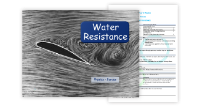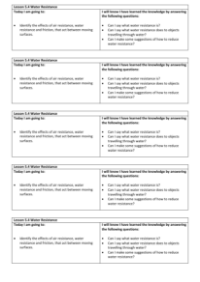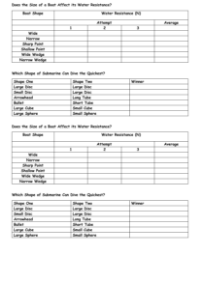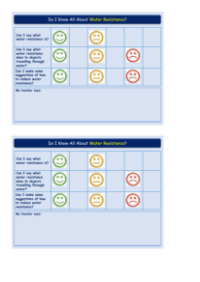Water Resistance - Lesson Plan
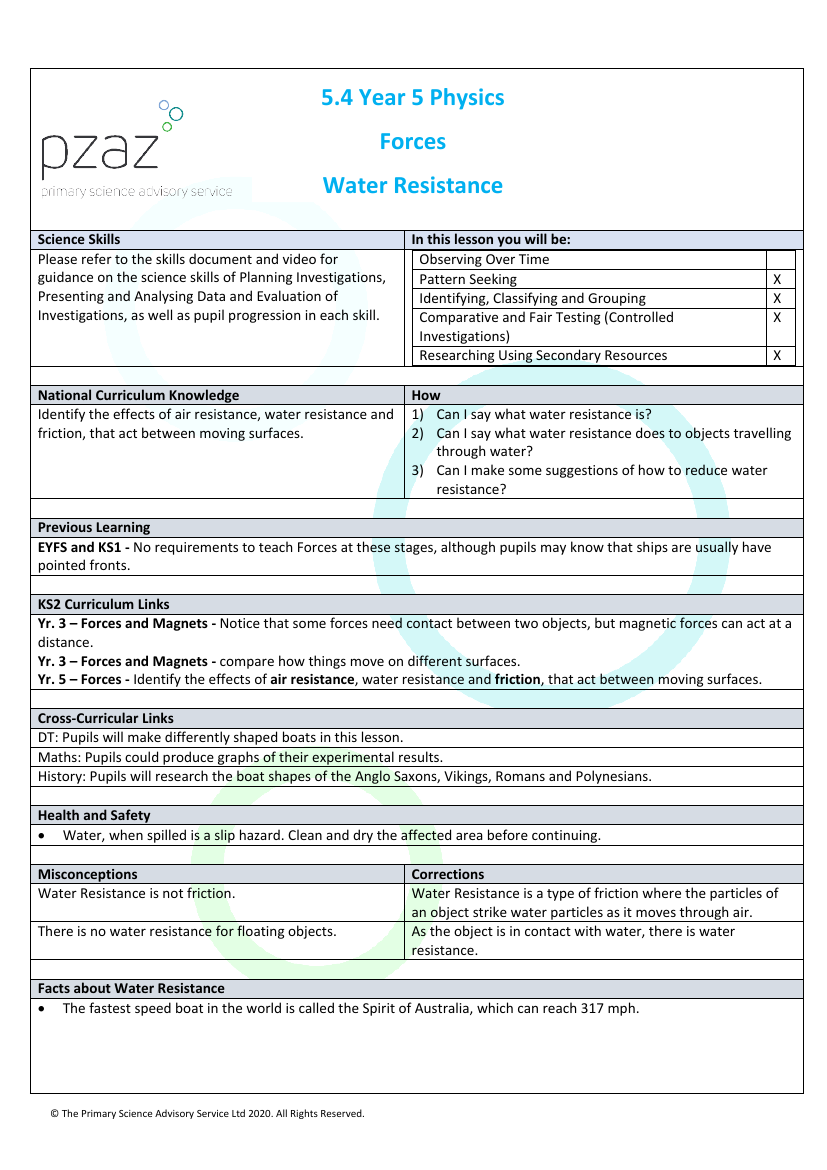
Science Resource Description
The lesson plan on water resistance is an interactive exploration of the forces that act on objects moving through water, designed for Year 5 students. It begins by aligning the activities with the National Curriculum, aiming to help students understand the effects of water resistance and how it can be mitigated. The lesson also touches on prior knowledge, noting that while younger students might not have formally studied forces, they may have an intuitive understanding that ships typically have pointed fronts to aid movement through water. The practical activities are supported by cross-curricular links, such as designing different boat shapes in Design and Technology, graphing results in Maths, and researching historical boat designs in History. Health and safety considerations are highlighted, particularly the need to manage water spillage to prevent slipping hazards.
Students are engaged through a variety of hands-on activities, including making and testing different boat shapes to observe how water resistance affects them. They use equipment such as stiff cardboard, sticky tape, and force meters to construct their boats and measure the resistance they encounter. In another activity, they research the design of watercraft from different historical periods and compare them to modern vessels to identify common features that reduce water resistance. The lesson also includes an experiment with modelling clay and plastic bottles to determine the most hydrodynamic shapes, simulating the design considerations for submarines. Throughout the lesson, students are encouraged to think critically about the design features that influence water resistance and consider how scientific advancements have impacted boat building over centuries. The plenary session provides an opportunity for reflection and assessment, ensuring that students can articulate their understanding of water resistance and its implications for objects in water.

